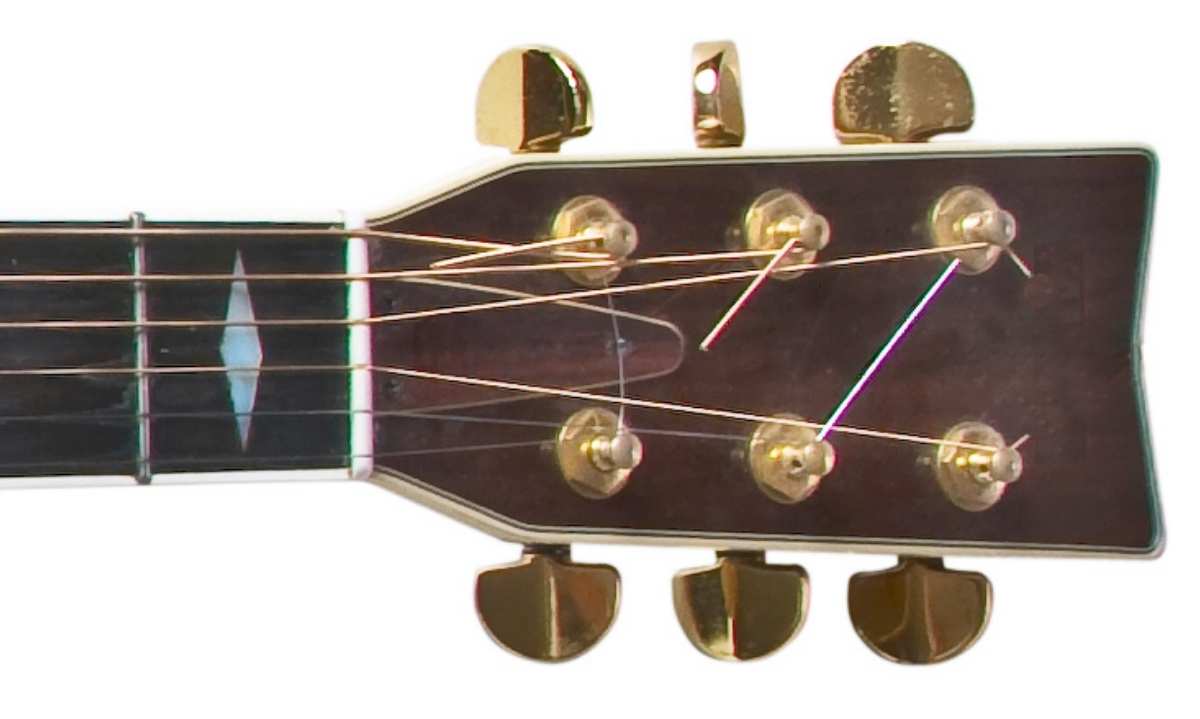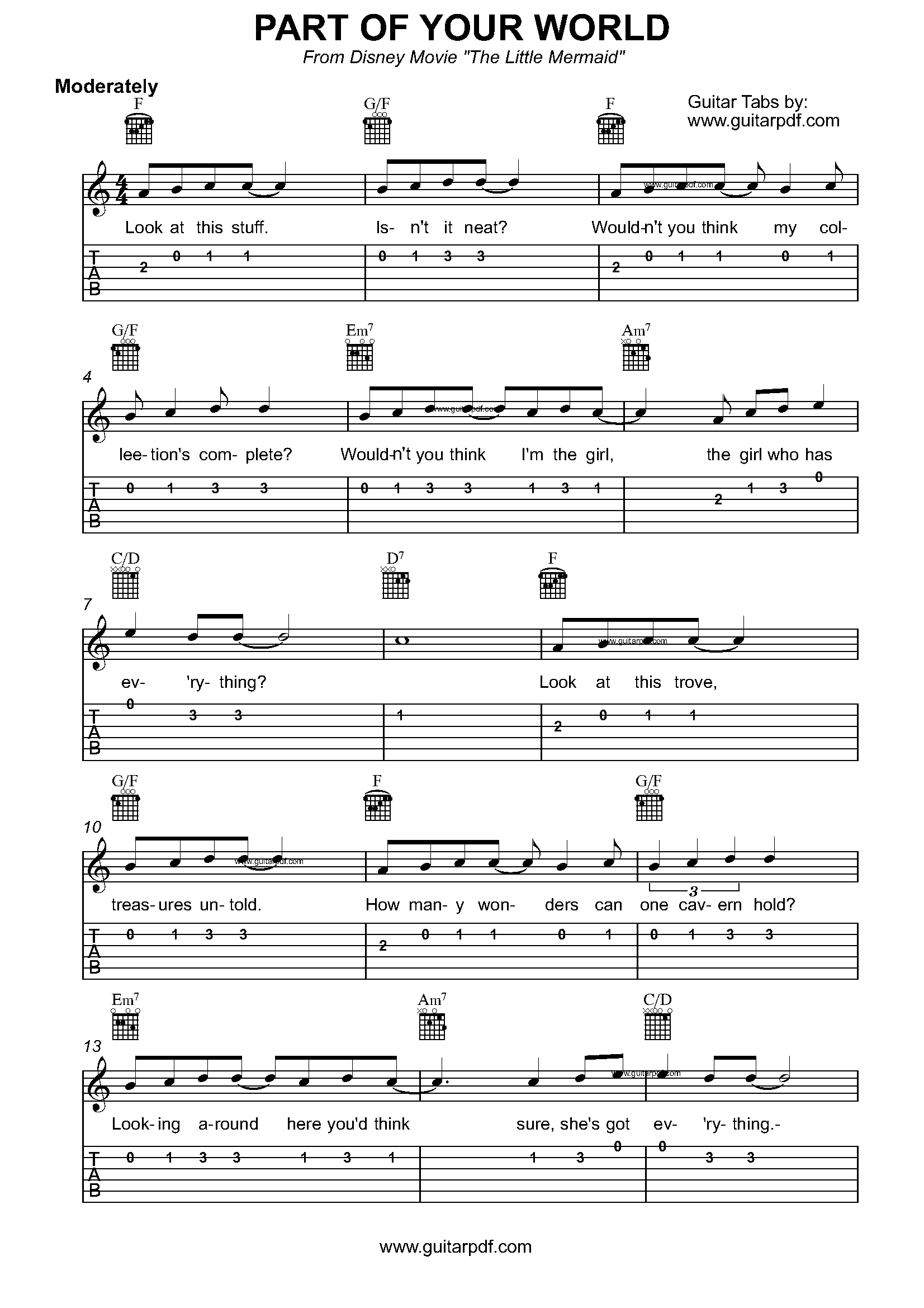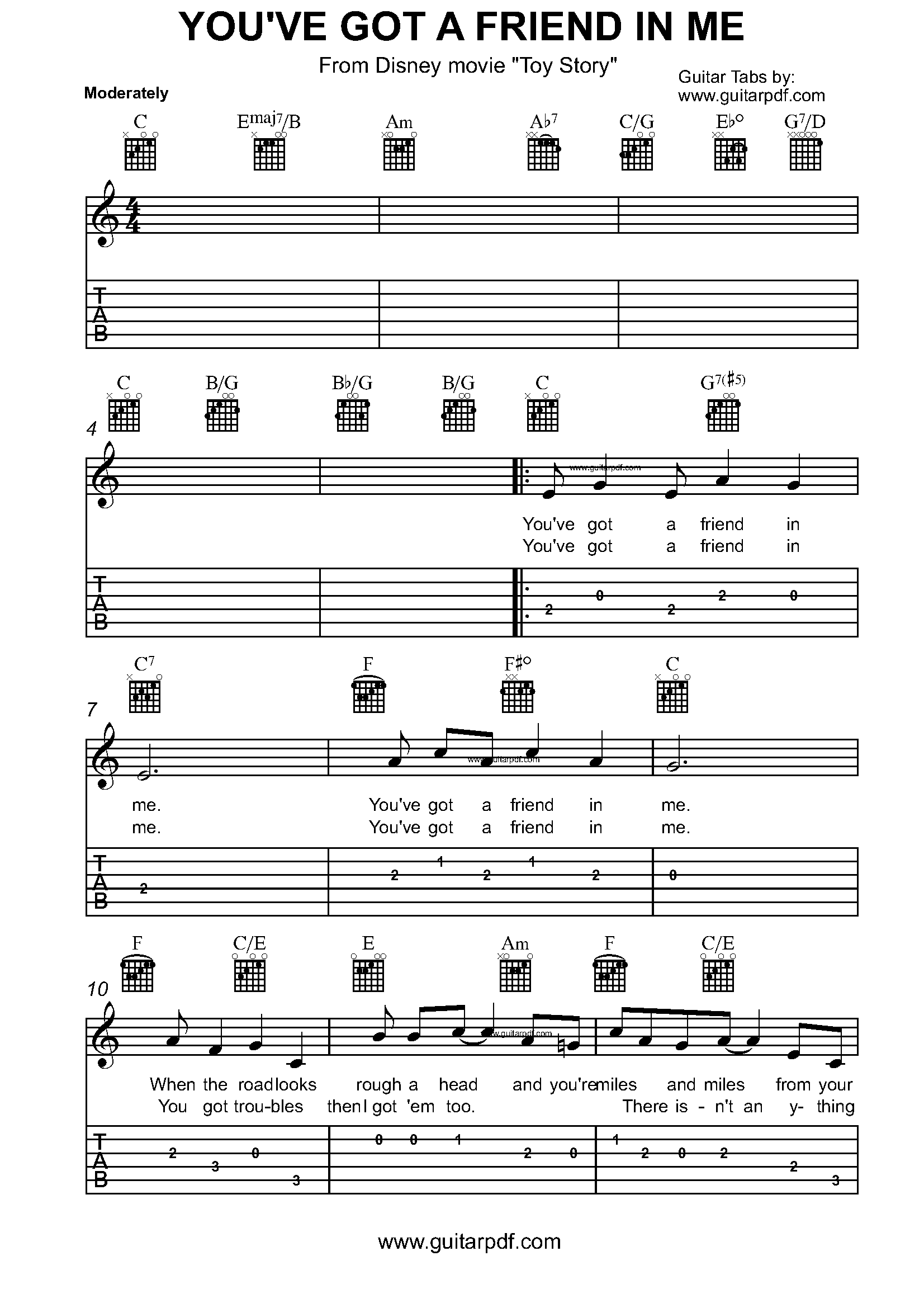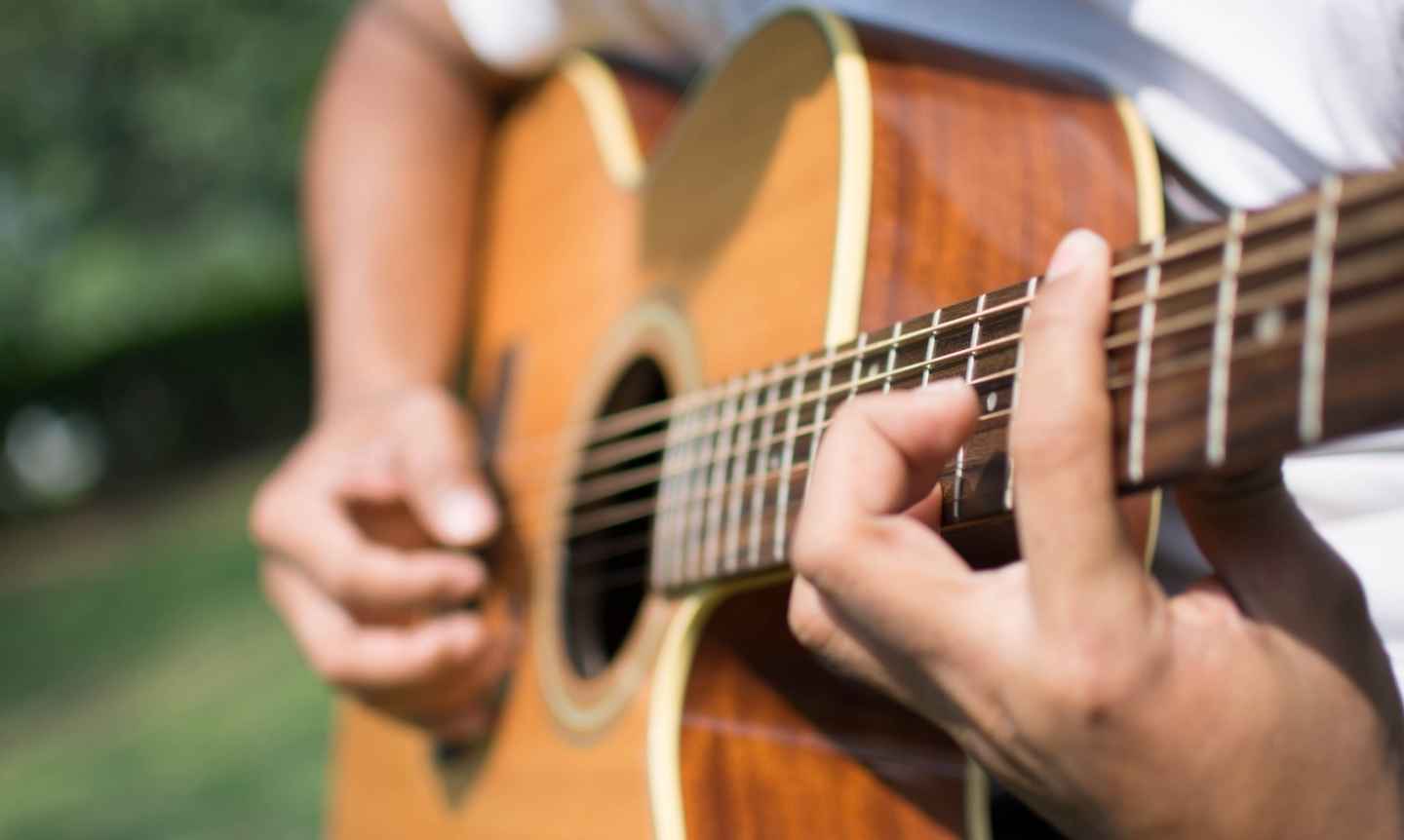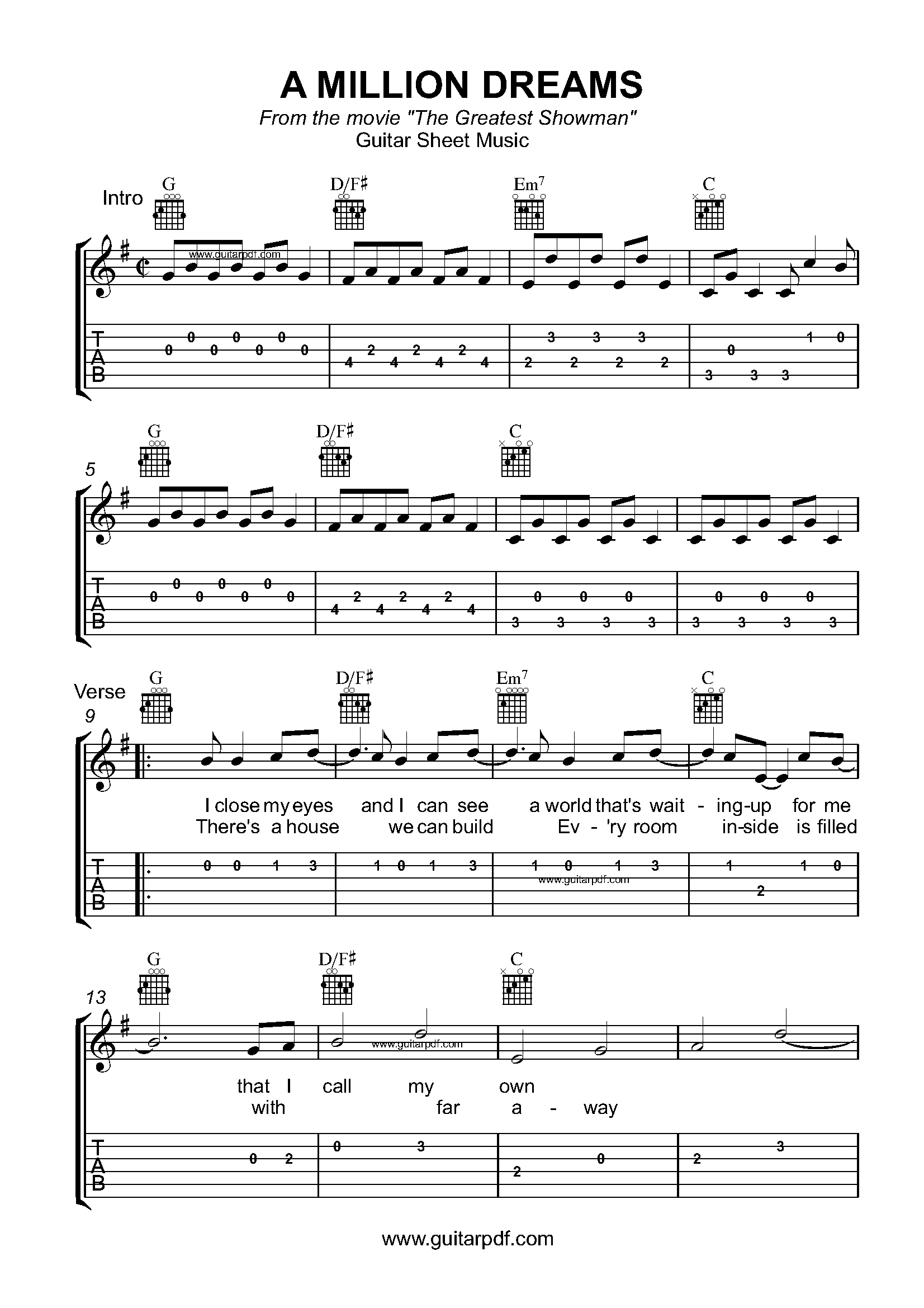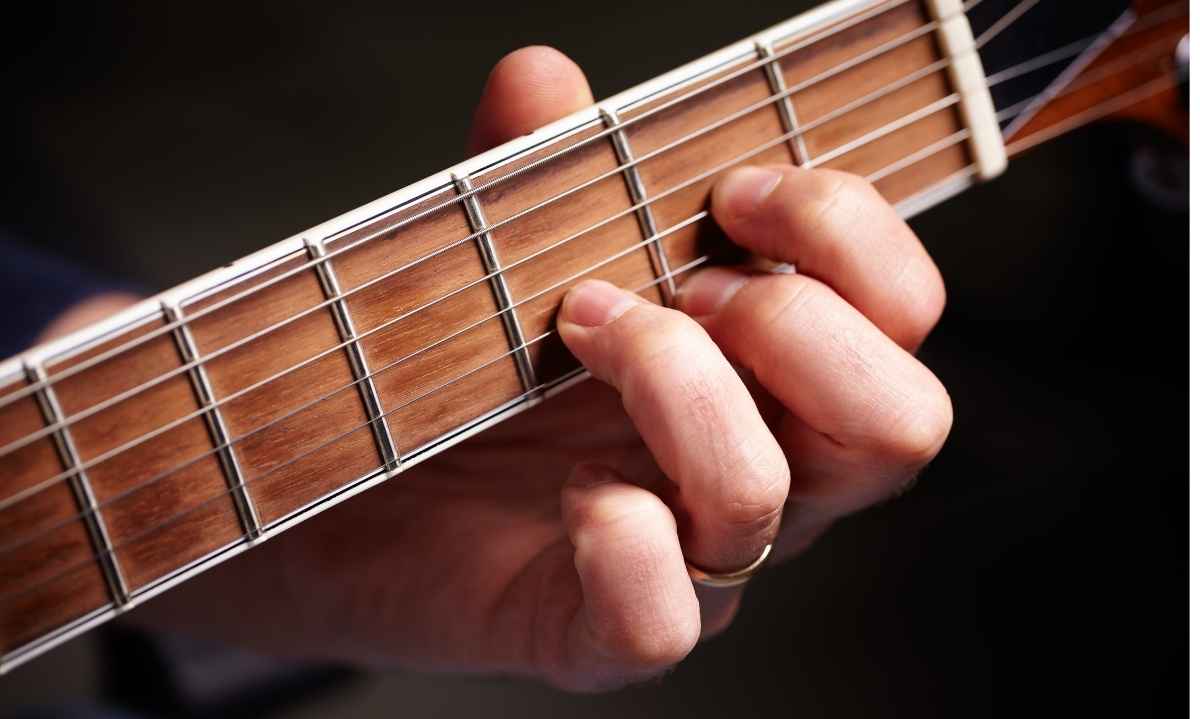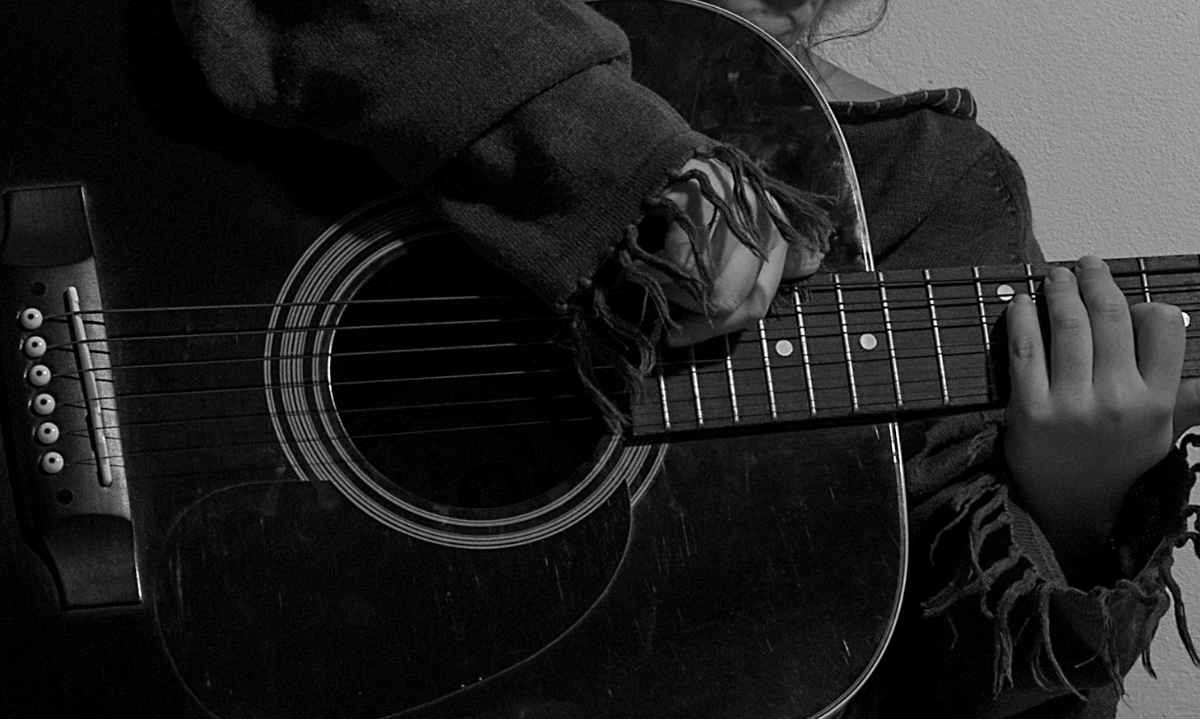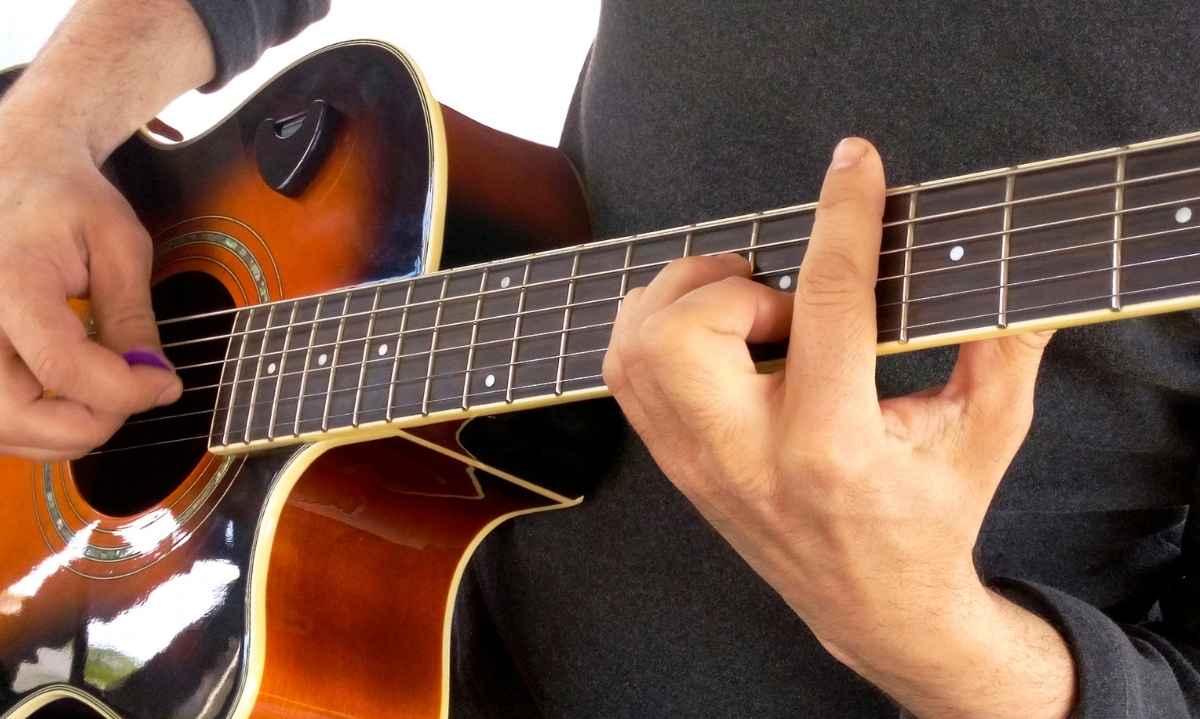Alternate Tunings for Fingerstyle Guitar
If you’ve ever felt like your guitar playing is stuck in a rut, it might be time to explore the world of alternate tunings. For fingerstyle guitarists, alternate tunings can be a gateway to fresh musical landscapes, unique sounds, and creative inspiration. By deviating from the standard tuning, you can discover new chord voicings, open up new melodic possibilities, and enhance your overall playing experience.
In this article, we’ll dive into some popular alternate tunings that can elevate your fingerstyle guitar playing and offer a new perspective on your music.
1. Drop D Tuning (D-A-D-G-B-e)
Overview: Drop D tuning is a popular alternate tuning where the 6th string (low E) is tuned down a whole step to D. This tuning opens up rich, deep bass notes and facilitates powerful chord shapes and riffs.
Why It’s Great for Fingerstyle: Drop D is perfect for creating resonant bass notes and achieving a fuller sound. It allows for easy access to open D major and minor chords, making it ideal for fingerstyle arrangements.
Songs to Try: “Kashmir” by Led Zeppelin and “Tears in Heaven” by Eric Clapton are great examples that showcase the versatility of Drop D tuning.
2. Open G Tuning (D-G-D-G-B-D)
Overview: In Open G tuning, the guitar is tuned to a G major chord. The strings are tuned to D-G-D-G-B-D, creating an open G chord when strummed without fretting.
Why It’s Great for Fingerstyle: Open G tuning is fantastic for slide guitar and blues, offering a rich, resonant sound with minimal finger movement. It simplifies the formation of G major chords and allows for interesting fingerstyle patterns.
Songs to Try: Explore “Jumpin’ Jack Flash” by The Rolling Stones and “Brown Sugar” to get a feel for the possibilities of Open G tuning.
3. Open D Tuning (D-A-D-F#-A-D)
Overview: Open D tuning sets the guitar to a D major chord with the strings tuned to D-A-D-F#-A-D. This tuning provides a bright and open sound with a strong emphasis on the D chord.
Why It’s Great for Fingerstyle: Open D tuning is excellent for creating resonant, droning sounds and complex fingerstyle patterns. It facilitates easy access to major and minor chords and is well-suited for intricate fingerpicking.
Songs to Try: “When the Levee Breaks” by Led Zeppelin and “The Weight” by The Band are classic examples that demonstrate the power of Open D tuning.
4. Open C Tuning (C-G-C-G-C-E)
Overview: Open C tuning tunes the guitar to a C major chord, with strings tuned to C-G-C-G-C-E. This tuning provides a full, rich sound and simplifies the formation of C major chords.
Why It’s Great for Fingerstyle: Open C tuning offers a warm, resonant tone that’s ideal for fingerstyle playing. It allows for easy chord shapes and creates a lush backdrop for melodic lines.
Songs to Try: “The River” by Bruce Springsteen and “Creep” by Radiohead are great pieces to explore in Open C tuning.
5. DADGAD Tuning (D-A-D-G-A-D)
Overview: DADGAD tuning is a popular alternative tuning that creates a suspended, open sound. The strings are tuned to D-A-D-G-A-D, providing a versatile foundation for various musical styles.
Why It’s Great for Fingerstyle: DADGAD tuning is known for its rich, modal sound and is perfect for fingerstyle guitar. It offers easy access to suspended and add9 chords and enhances the harmonic complexity of your playing.
Songs to Try: “Black Mountain Side” by Led Zeppelin and “The Girl from the North Country” by Bob Dylan are excellent examples of the DADGAD tuning’s potential.
6. Double Drop D Tuning (D-A-D-G-B-D)
Overview: Double Drop D tuning involves tuning both the 6th and 1st strings (E) down a whole step to D, resulting in D-A-D-G-B-D. This tuning gives a powerful, resonant sound with an emphasis on the D chord.
Why It’s Great for Fingerstyle: Double Drop D provides a deep, full sound with the added advantage of having the high D note available for melodic lines and chord voicings.
Songs to Try: “All Along the Watchtower” by Jimi Hendrix and “Going to California” by Led Zeppelin showcase the unique sound of Double Drop D tuning.
How to Incorporate Alternate Tunings into Your Playing
- Experiment with Chord Shapes: Each tuning offers unique chord shapes and voicings. Spend time exploring these new shapes and how they fit into your playing style.
- Develop New Fingerstyle Patterns: Alternate tunings can inspire fresh fingerstyle patterns. Experiment with different picking sequences and rhythms to find new patterns that suit the tuning.
- Compose and Arrange: Use alternate tunings to create original compositions or rearrange your favorite songs. The new tonal possibilities can lead to unique and interesting arrangements.
- Explore Different Genres: Alternate tunings can be used across various musical genres. Experiment with different styles to see how each tuning influences the genre you’re exploring.
Conclusion
Exploring alternate tunings can transform your fingerstyle guitar playing, offering new sounds and creative opportunities. By experimenting with these tunings, you’ll uncover fresh musical possibilities and gain a deeper understanding of your instrument. So grab your guitar, tune it to something new, and let your creativity flow!
Happy playing, and may your alternate tunings open new doors to your musical journey!

